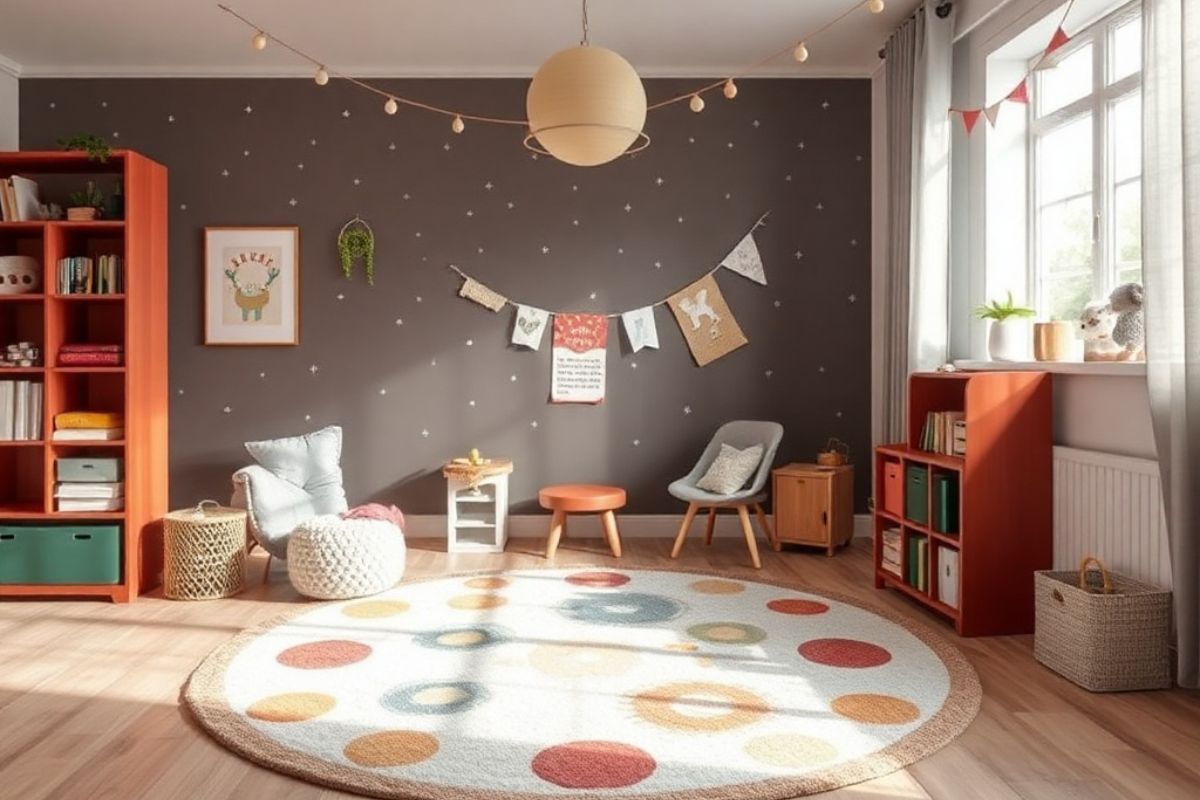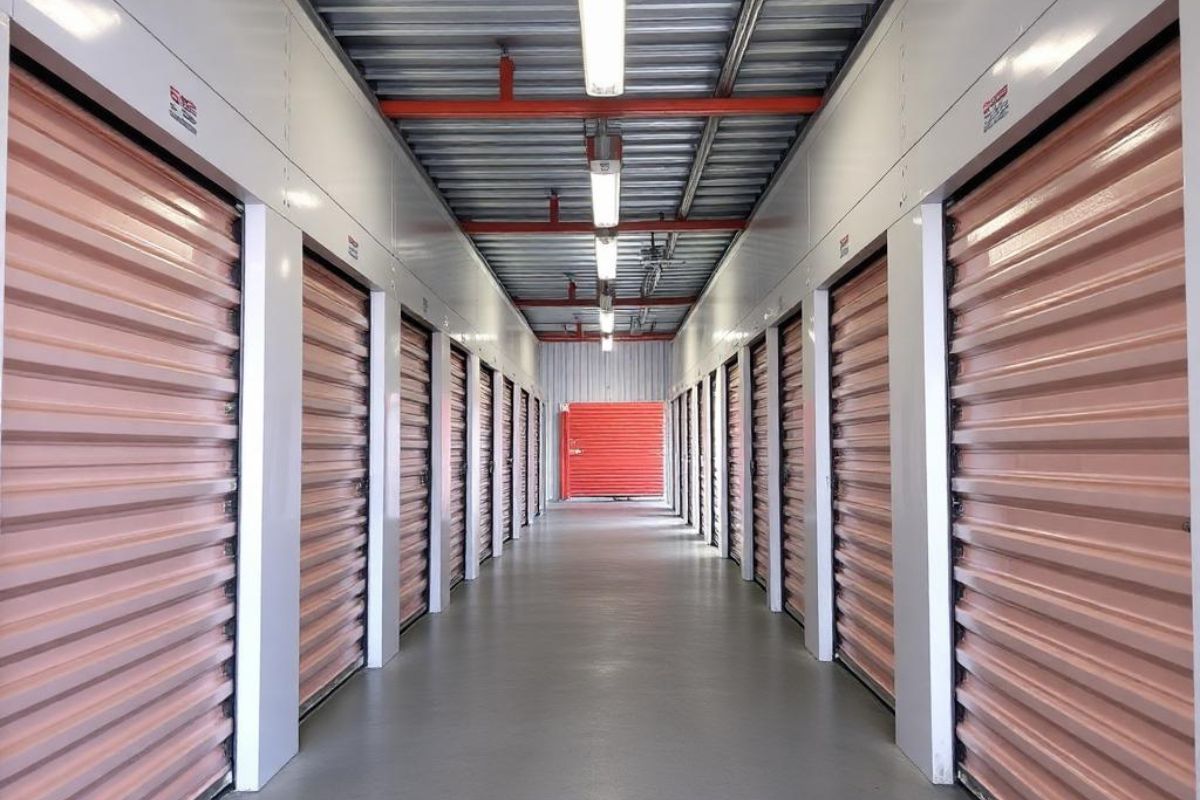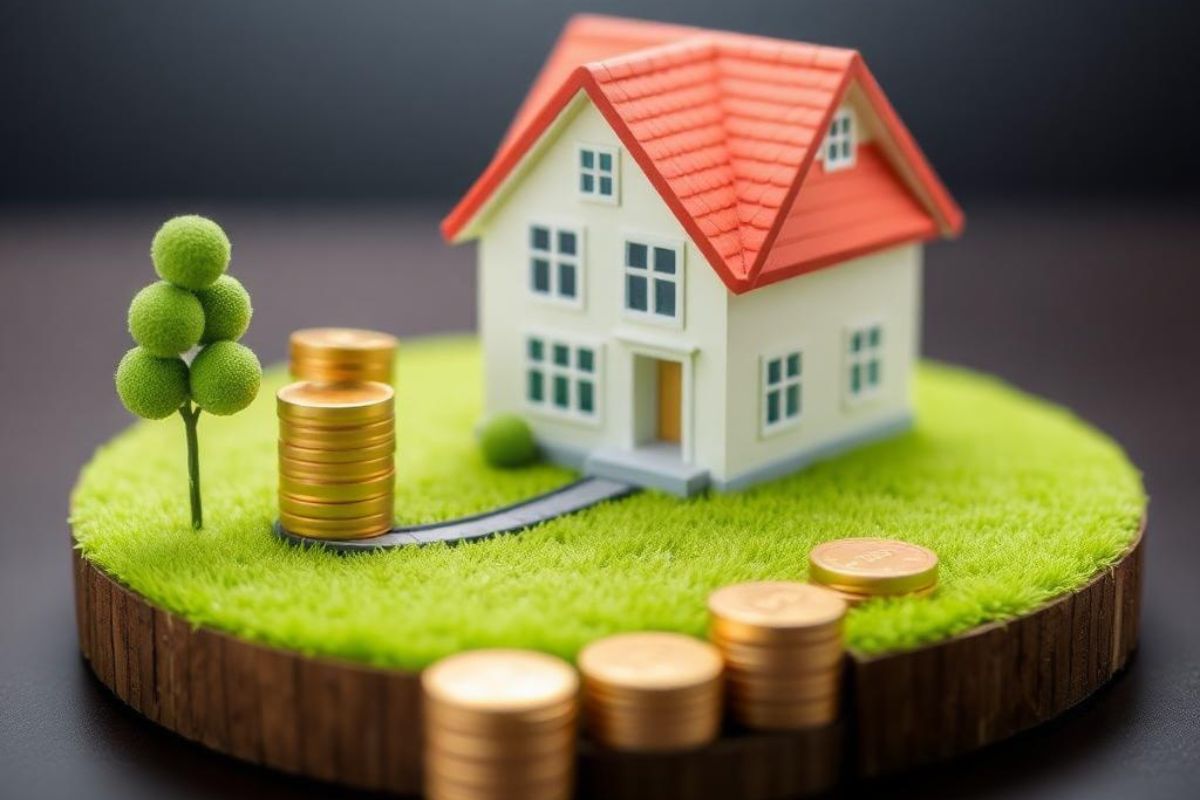Why is Location Important When Buying a House?

Thinking about buying a house? Before falling in love with that walk-in closet or those shiny new floors, press pause. There's something way more important to consider first. One factor that can make or break your future home's value, comfort, and even your happiness.
Location.
It sounds simple. But the location of your home plays a massive role in your daily life. It determines everything from your morning commute to the schools your kids attend. And if you're searching for houses for sale in San Miguel de Allende or checking out homes for sale in San Miguel de Allende Centro, you’re already on the right track. You're not just picking a property—you’re picking a lifestyle.
So, how do you know what makes a location truly great? Let’s break it down.
Why Location Matters More Than You Think
Real estate agents say it all the time: location, location, location. And it’s not just a catchy phrase.
A great location does more than boost resale value. It makes your life easier. Safer. More enjoyable. A good location:
- Holds its value during market shifts
- Attracts future buyers easily
- Enhances your day-to-day quality of life
And here's the kicker—you can change the paint, the flooring, the layout. But you can't pick up the house and move it somewhere better.
What Happens When Buyers Overlook Location
It’s easy to get caught up in surface details. That brand-new kitchen. The dreamy ensuite bathroom. But if the home is stuck in a noisy, unsafe, or hard-to-access area, you might regret the purchase sooner than you think.
Buyers who ignore location often face:
- Longer commutes that eat up free time
- Safety concerns that keep you on edge
- Trouble reselling when the time comes
Some even find themselves stuck with a property that keeps losing value, just because the area isn’t desirable. No one wants that.
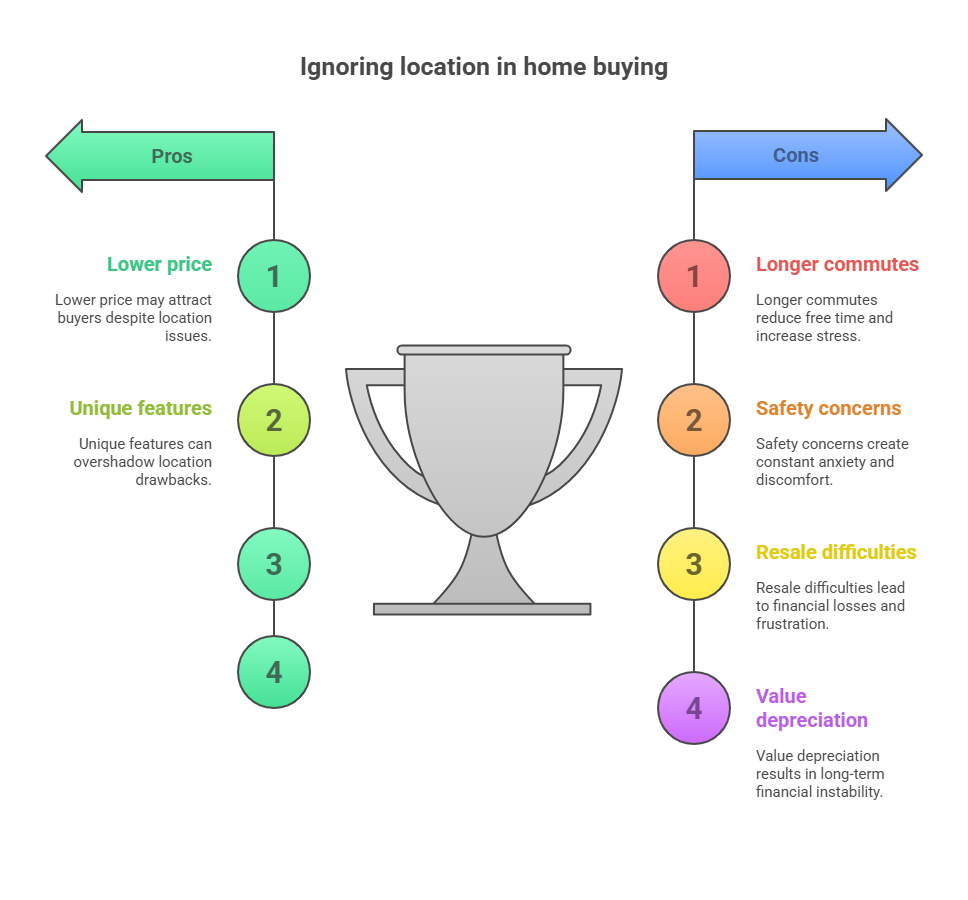
What Makes a 'Good' Location in Real Estate?
Not every “nice” area is the right fit for you. So what should you really be looking for?
- Safety, Neighborhood Vibe & Walkability
You want to feel good walking around your block. Day or night.
- Check local crime rates
- Visit at different times to see the vibe
- Look for people out walking, jogging, or kids playing
A walkable, well-kept neighborhood isn’t just pleasant—it’s also a sign of pride among homeowners. Streets with trees, parks, and people enjoying public spaces usually point to a strong community. If you're not comfortable strolling outside or leaving your car parked overnight, it might not be the place for you.
- Proximity to Work, Daily Needs & Conveniences
A long, stressful commute can wear you down fast. So consider the distance to:
- Your workplace
- Grocery stores
- Healthcare facilities
- Public transit
Think about how many trips you’ll be making each week. A nearby grocery store, a good coffee shop, or a pharmacy just down the street can make everyday errands simpler. If you rely on public transport, make sure the routes are reliable and well-connected. Saving 15 minutes a day adds up fast when you do it five days a week.
- Amenities and Attractions
Think parks, gyms, restaurants, cafés, and community centers. Places that make you want to get out and enjoy your neighborhood.
These aren’t just perks—they improve your lifestyle and support your mental well-being. Living near a nature trail or a favorite weekend spot helps you unwind and socialize. Plus, neighborhoods with active public spaces usually have higher property demand.
Look for:
- Local hangouts like bakeries or bookstores
- Recreational spaces like dog parks or fitness studios
- Cultural events or markets nearby
When a neighborhood feels alive, people are more likely to stay long-term.
- Resale Value and Investment Potential
Smart buyers always think ahead. Even if you plan to stay long-term, the area’s market stability matters.
- Are property values rising in the area?
- Is there strong demand?
- What’s the average time on market for homes nearby?
Also, take a look at how the area performed during downturns. Neighborhoods that bounced back quickly after market slumps are typically more resilient. A location with potential for appreciation can protect your investment over time.
- Development Plans
Growth is great—if it’s the right kind.
Check city plans and zoning maps. A new shopping district or better transit? Great. A factory or major highway going up next door? Maybe not so much.
Future developments can drastically alter the feel of a neighborhood. A quiet street today could become a commercial zone in five years. Always ask:
- What’s being built nearby?
- Are there infrastructure upgrades in the works?
- Is the growth residential, commercial, or industrial?
Knowing what’s coming helps you avoid unpleasant surprises—and sometimes gives you a head start on buying in an area before prices jump.
How Schools Influence Home Value (Even If You Don’t Have Kids)
Schools are a big deal. Even if you're not a parent.
Buyers with children will prioritize school districts. That drives demand in good areas, which pushes prices up. And that’s good news for resale.
.jpg)
A home in a top-rated school zone usually:
- Sells faster
- Holds or increases its value
- Attracts more competitive offers
In many cases, the same home in a less desirable district might sell for thousands less. That’s how powerful school zones are. It’s not just about education—it’s about reputation, community stability, and buyer demand. Even investors look at school ratings when purchasing rental properties.
Rural, Suburban, or Urban: What’s Best for You?
Rural
Great for privacy, space, and quiet. But you might have longer drives, limited public services, and slower internet. Rural homes often appeal to those seeking nature or a slower pace.
Suburban
Usually family-friendly, with decent space and access to schools and shops. You’ll likely find parks, malls, and community amenities. Commutes may vary, but you get a good balance of calm and convenience.
Urban
Buzzing with energy, short commutes, and loads of things to do. Think nightlife, public transport, and high walkability. But you might sacrifice space, parking, and quiet.
Each option offers something different. Consider what matters most to your lifestyle. Do you want easy access to the office? Room for a garden? A short walk to restaurants? The answer helps you focus your search.
What to Look for on Your Visits
Don't just stare at countertops. Pay attention to the area.
- Walk around the block. Get a feel for it.
- Visit during morning and evening hours
- Check traffic noise, street lighting, and general upkeep
Talk to neighbors if you can. Ask about noise, safety, and how the community feels. Watch for signs of neighborhood health—gardens, kids playing, friendly dogs, and well-maintained homes. Drive around to see how long it takes to reach essential places like the nearest gas station or grocery store.
And trust your gut. If something feels off during your visit, don’t ignore it.
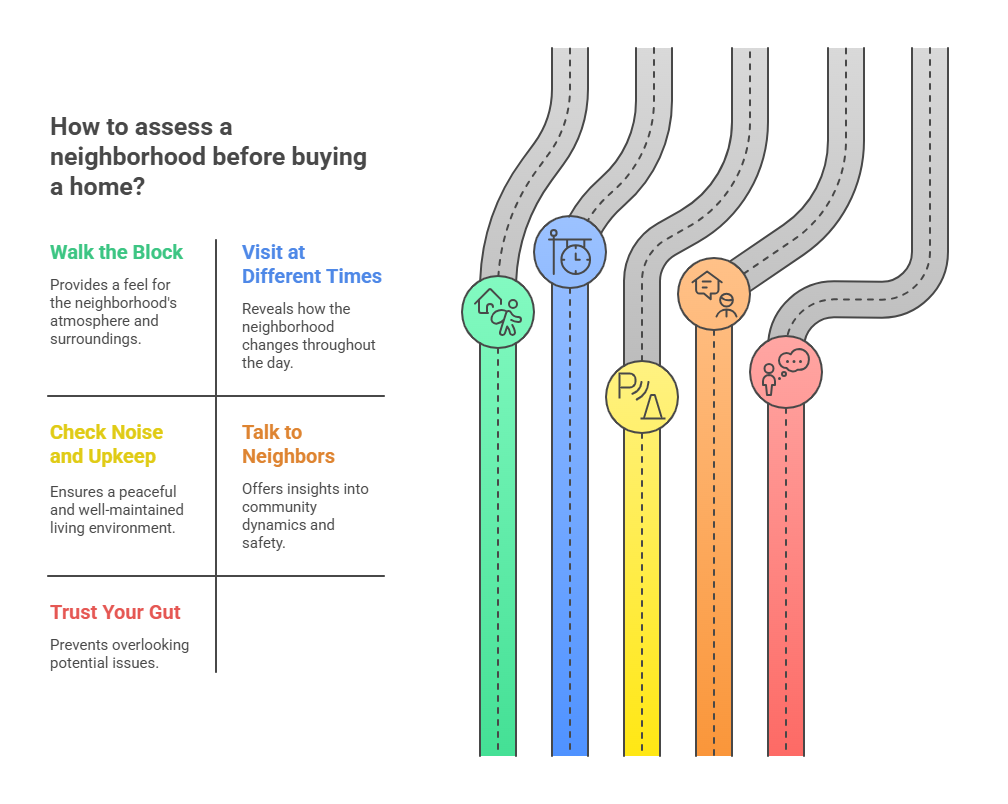
Red Flags Most Buyers Miss
Even great-looking neighborhoods can have hidden issues.
Watch out for:
- Too many homes for sale on one street (could signal a problem)
- Lack of street maintenance
- Abandoned buildings or empty lots
- Strange smells or noises nearby
Also, pay attention to road conditions and how traffic flows. If cars are constantly speeding by your future front door, that’s a quality-of-life issue. Check for drainage issues, construction zones, or even a cell tower too close for comfort. And always read the fine print on zoning and bylaws—those can reveal a lot.
The Right Home Starts With the Right Spot
You can always repaint a wall. Renovate a kitchen. Tear out the carpet.
But you can’t change where your house sits.
Choosing a great location means buying peace of mind, comfort, and long-term value. Whether you're moving for work, investing in your future, or planning your forever home, remember: Location isn't just part of the equation. It's the whole foundation.
So take your time. Explore. Ask the right questions.
Because finding the perfect home? It starts with finding the perfect place.






